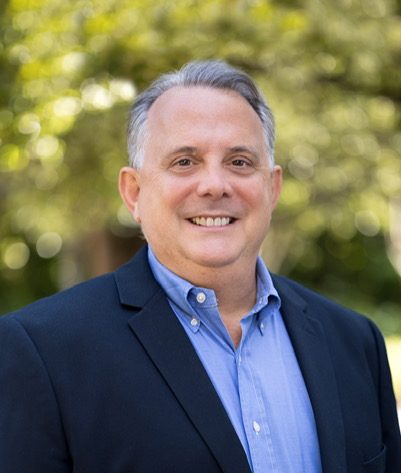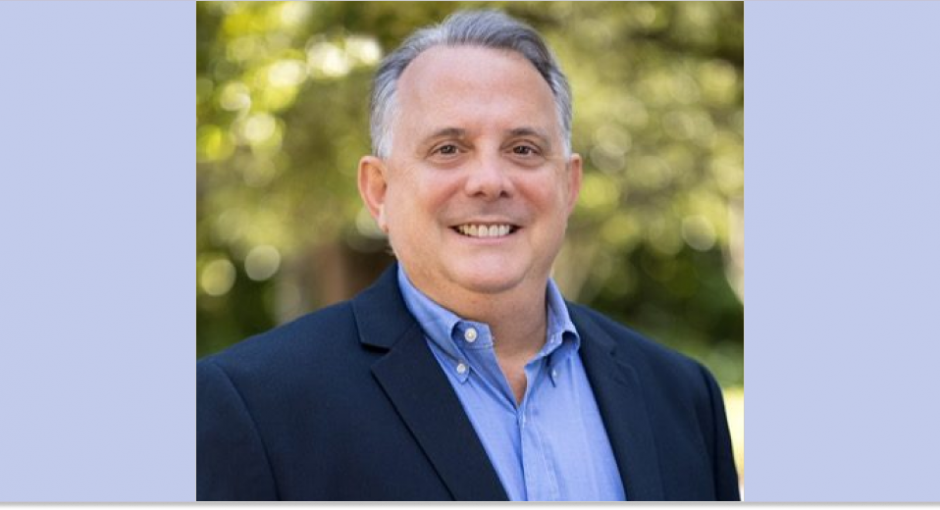SPONSORED CONTENT
Let me ask you something: Do you remember what was going on with the 340B program in the early 1990s?
Perhaps I should phrase that question another way, because those of us on the advocacy side can easily cite the fact that the program was kicked off in 1992 to help the nation’s safety-net providers fund vital services to underserved populations. What I meant was, what emotional memories do you have of the 340B program in the early 1990s?
If you’re coming up short, you’re not alone. On a superficial level, the program is a dry topic at best, not to mention increasingly difficult to navigate. I often struggle to easily explain it to my friends and family, and even covered entities can spend years figuring it out without the help of a 340B expert.
And yet, from a patient care standpoint (I was a practicing pharmacist at the time), I can recall exactly what was going on in the early 90s. Top of mind is that one million Americans were living with HIV. New lifesaving protease inhibitors weren’t available yet. By 1992, AIDS had become the leading cause of death for U.S. men aged 25 to 44. The uncertainty, fear, and stigma surrounding the virus was nearly palpable. I remember that a man, his wife, and their baby—all living with HIV—were patients of mine. I stapled a business card with my phone number to their prescription bag and told them to call me at any time. They never called me, but they came into the pharmacy to talk often. We never said the word HIV.
The Human Face of 340B
Avita patient Ismael Ruiz can also vividly recall the time period. For Ruiz, who was then in his twenties but had been living on the streets since the age of 17, testing positive for HIV was just another roadblock in his fight for survival. When his partner died of complications from AIDS, Ruiz was devastated. When he began feeling unwell himself, he got tested, but says he knew the results before they even came back. “I knew I had gotten it,” Ruiz says. “It was shocking but not shocking.”
For Ruiz, the physical health challenges of living with HIV were just part of the battle. The next decade included “years of struggles, of hiding myself, and of finding out what medication worked best for me,” he says. Until he decided to take a stand.
That’s when a mental health therapist introduced Ruiz to the Alliance for Positive Change (then called the AIDS Service Center). The Alliance, an Avita covered entity partner and Ryan White grantee, leverages funds from the 340B program to help New Yorkers living with HIV and other chronic health conditions get the medical care, peer support, and housing assistance they need to achieve health, happiness, and stability. Through the organization’s Peer Program, Ruiz now advocates both for himself and others within the community. “Without [the Alliance],” he says, “I wouldn’t be as strong as I am and able to bring that to my community to help move it forward.”
My point? Because it’s inextricably linked to money, legal restrictions, and—certainly lately—controversy, it’s easy to forget that the 340B program has a human face. It’s easy to lose sight of the fact that 340B, especially when combined with grant programs like Ryan White, has a history of helping organizations fund health services for some of America’s most vulnerable patients living with a host of complex conditions. It’s easy to focus on the fine print and overlook the impact.
At Avita, we help our covered entity partners forge through the intricacies of 340B every day. Let’s not mince words: Due to high demand and increasingly sparse resources, these organizations have never been more crucial to the well-being of community health—or more challenged to sustain their very existence.
Speaking Up and Planning Ahead
It’s no secret that the world of 340B is changing while the overwhelming need to bring health equity to underserved populations is not. I used HIV above to illustrate one example of the positive impact of the 340B program. But there are so many communities with other health conditions that rely upon their local covered entities to receive compassionate, quality care. And those covered entities are facing disruptions in funding—like the recent changes by manufacturers to drug reimbursement—that threaten their ability to sustainably provide services.
To them, I borrow the words of Ismael Ruiz, who when asked what he’d say to others on the fence about advocacy, replied, “Ask yourself, are you ready? Are you honestly ready to take that step and say, ‘I need to speak up’?”
If so, I encourage you to take a look at the resources provided by groups like Community Voices for 340B (CV340B). The organization seeks to raise awareness of the key role the 340B program plays in protecting and improving health care access and the quality of care for communities nationwide. They, along with other advocacy groups, offer educational tools, templated print and digital advocacy assets, information about petitions and letter-writing campaigns, and more.
I also strongly recommend that covered entities consider the benefits of partnering with a 340B expert that offers the very best in compassionate clinical care. As a national pharmacy services provider, Avita is unique in that our covered entity partners not only receive personalized pharmacy care for their patients, they also are paired with a team of 340B experts who can help them future-proof their businesses. Is it time to evolve your mission beyond the historical model of segmented care? Can you diversify your funding to better withstand future modifications to the 340B program? How can you market your services to expand your patient base on a limited budget? Planning ahead helps your organization avoid the risk of falling behind.
The approaches above are somewhat tactically different, but they draw on the same strength: Working together, we are more effective. By sharing resources and knowledge, we can ensure that the reason we’re all here—the human side of 340B—marches on.
To learn more about how Avita Pharmacy tailors our suite of services to best serve our partners, contact me personally at the email address below or click here to set up a conversation with one of our experts.

Glen Pietrandoni, RPh, AAHIVE is SVP, Patient and Community Advocacy at Avita Pharmacy. He can be reached at Glen.Pietrandoni@avitapharmacy.com.




